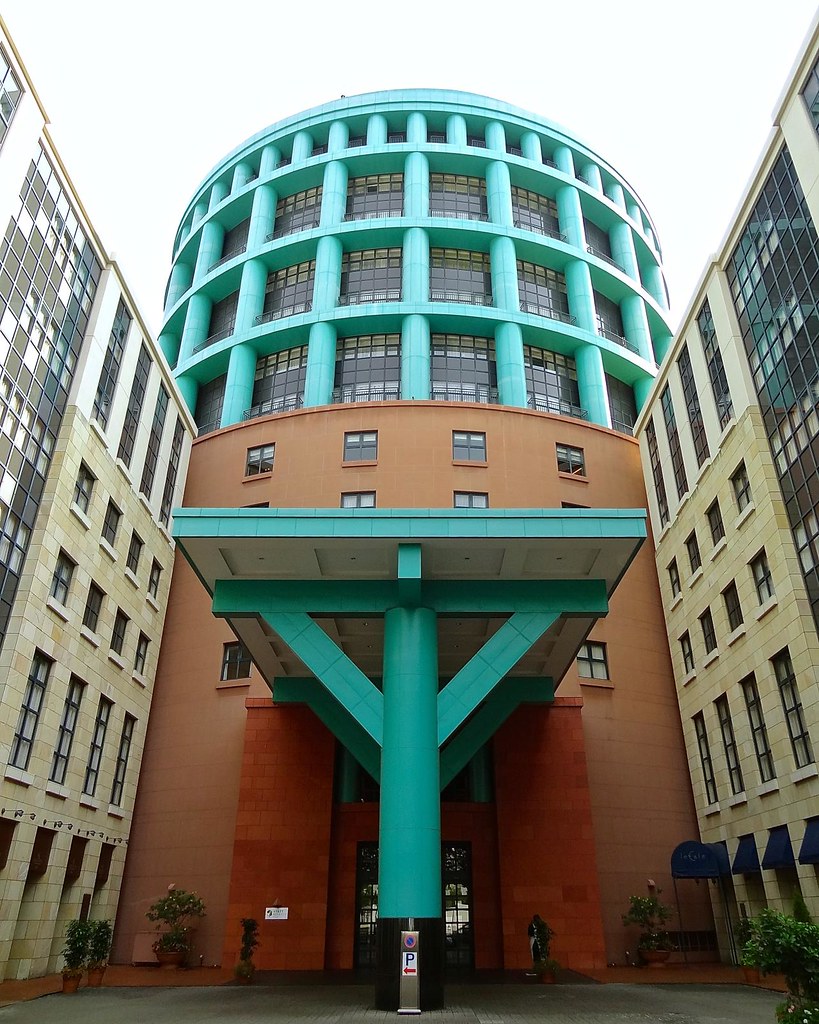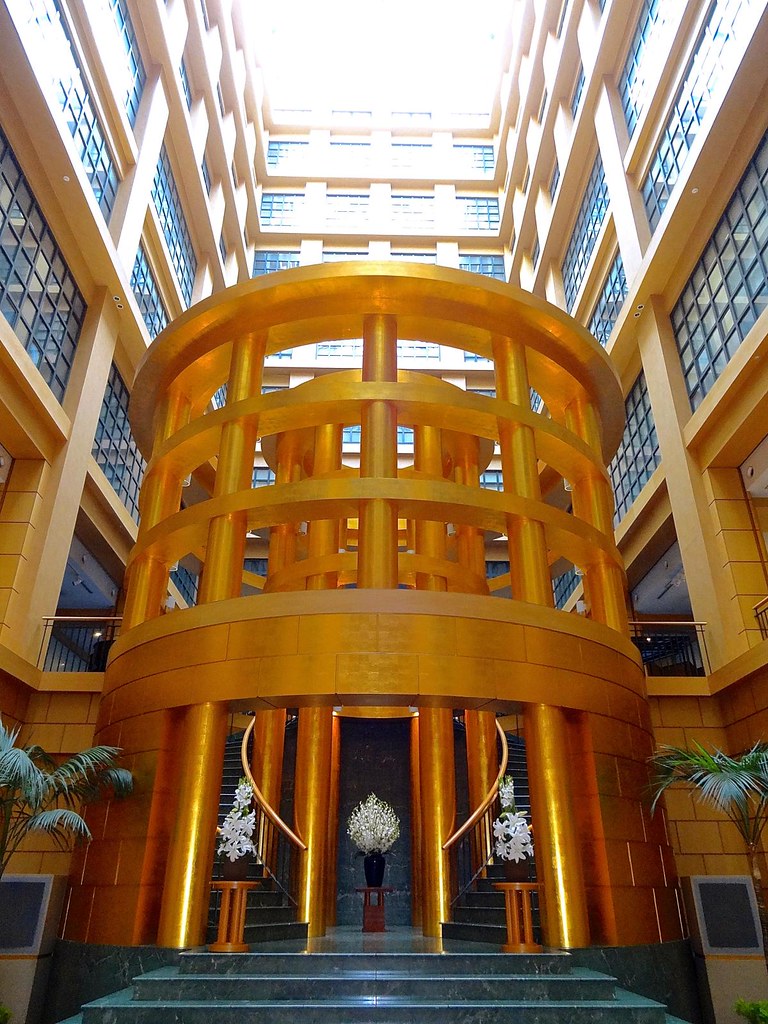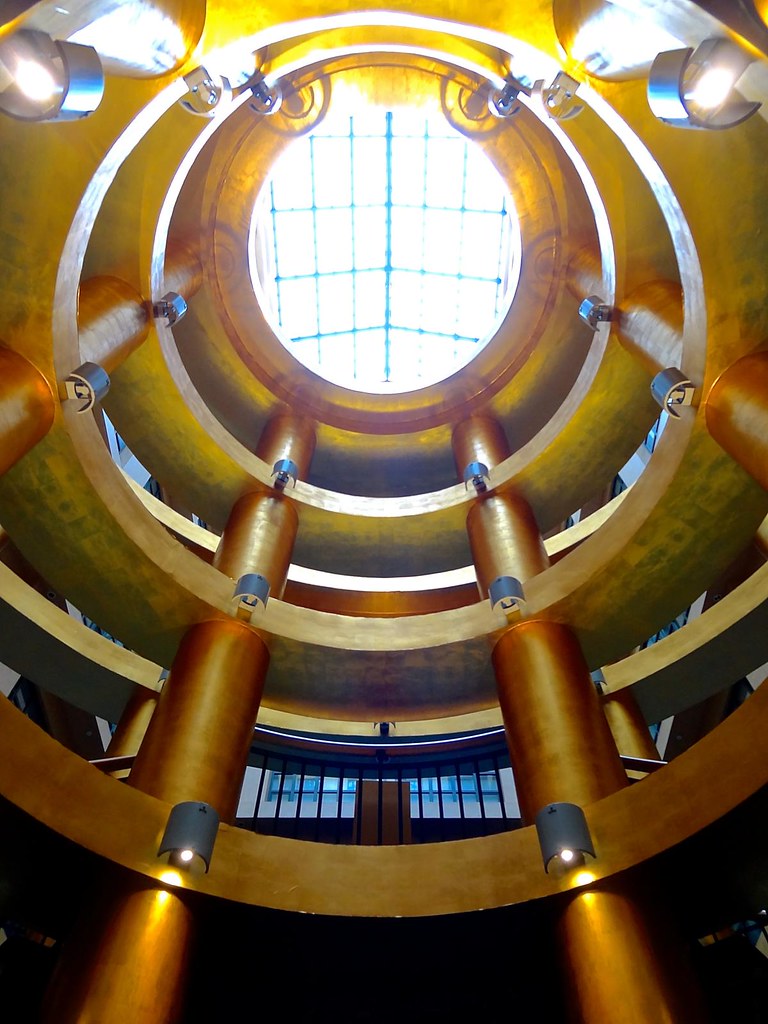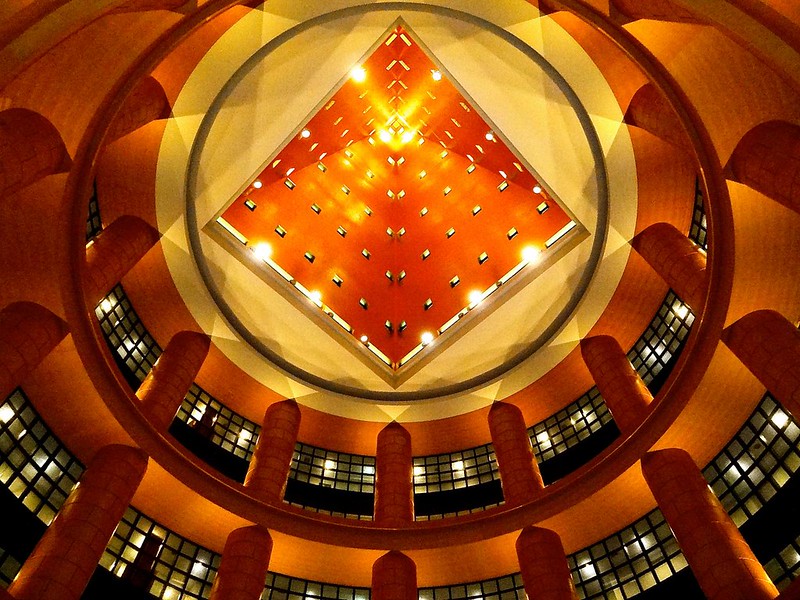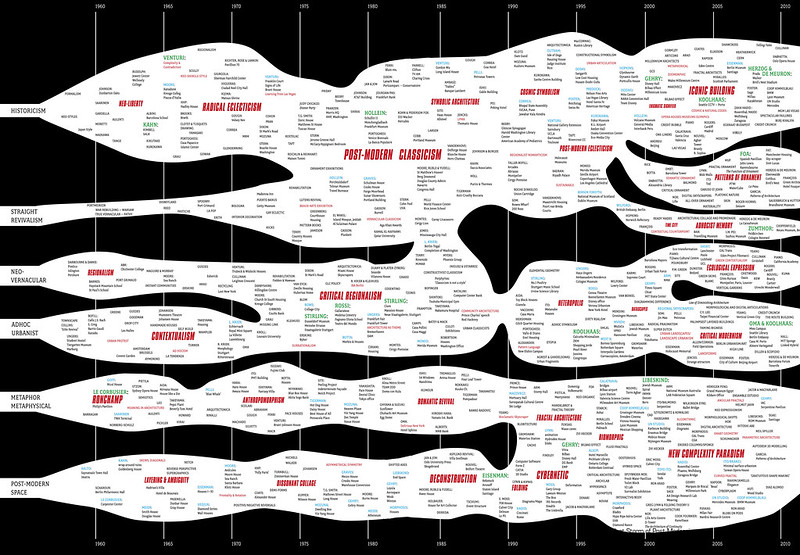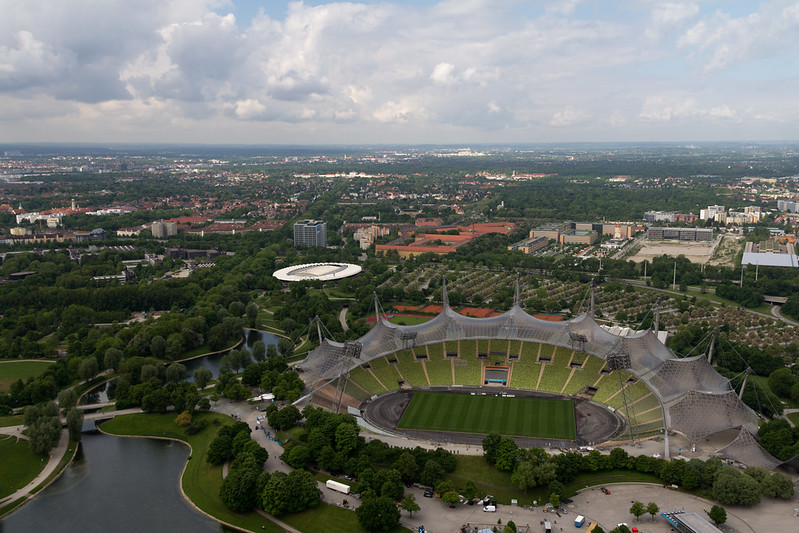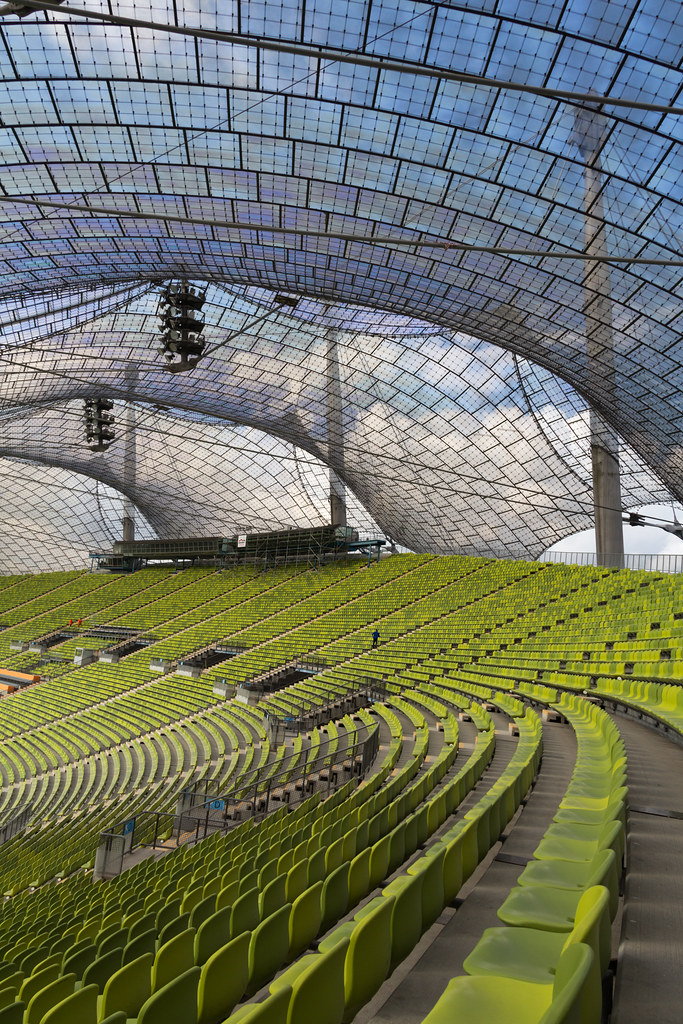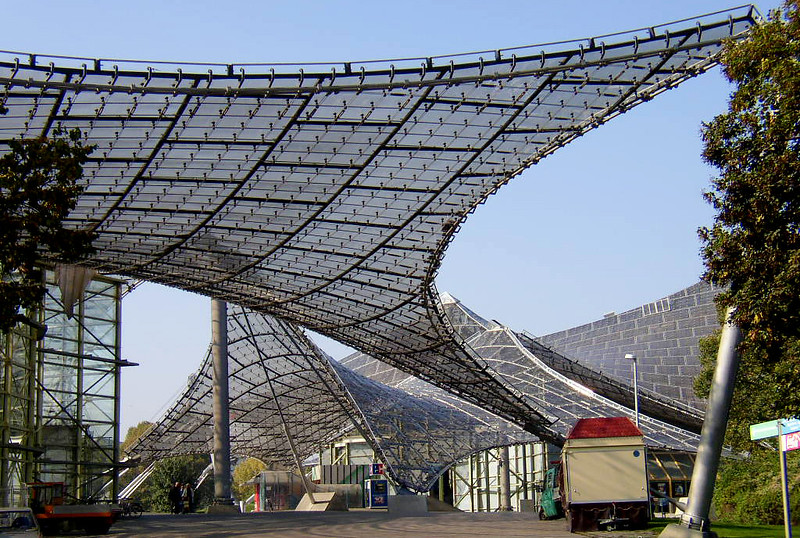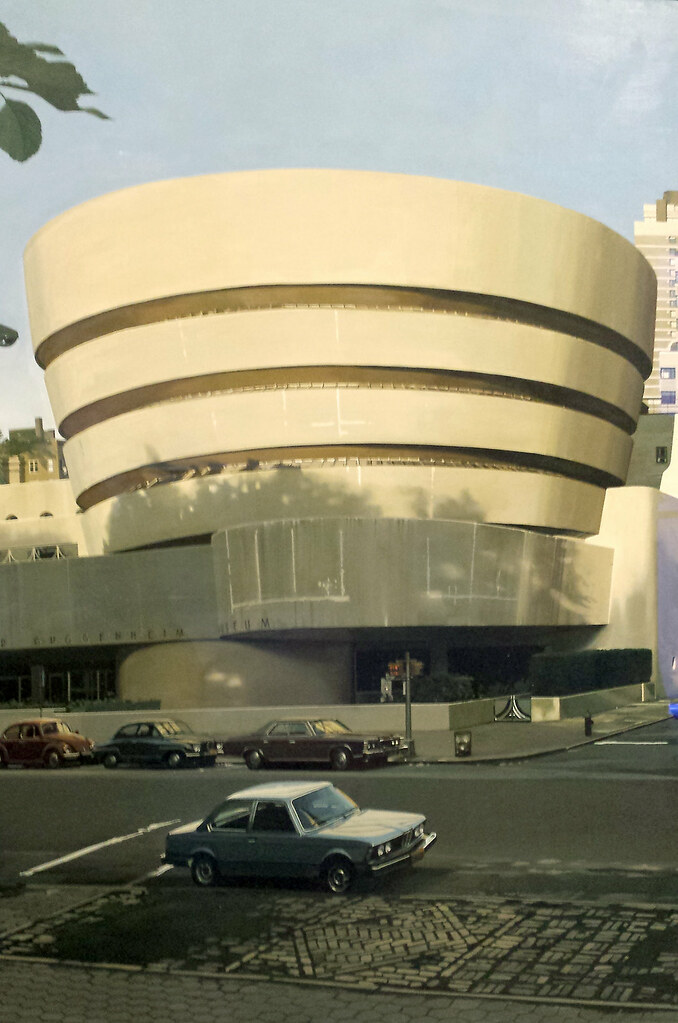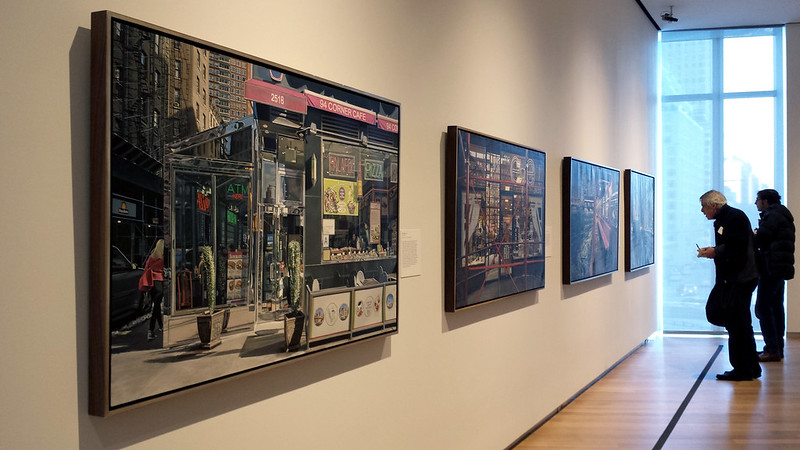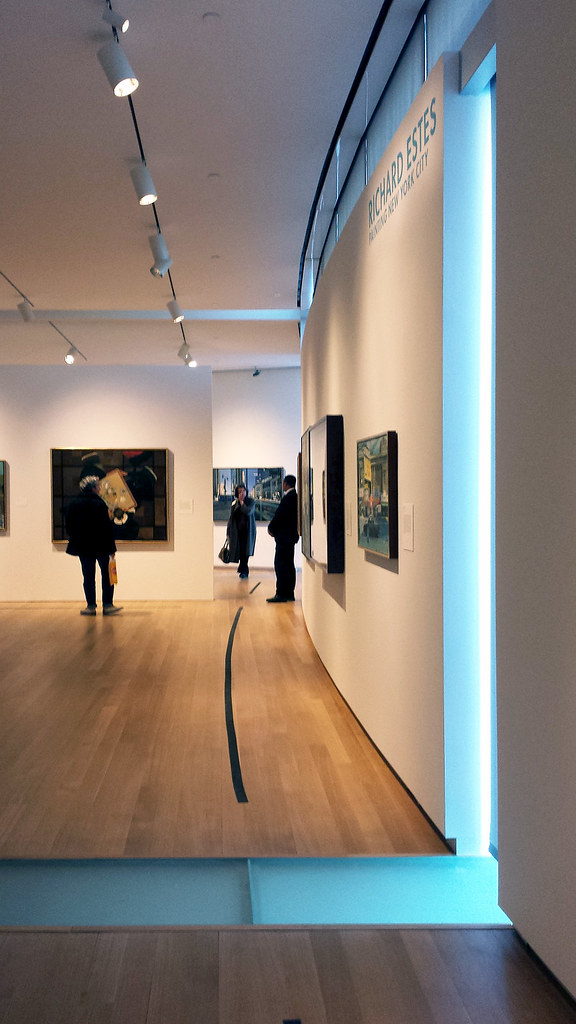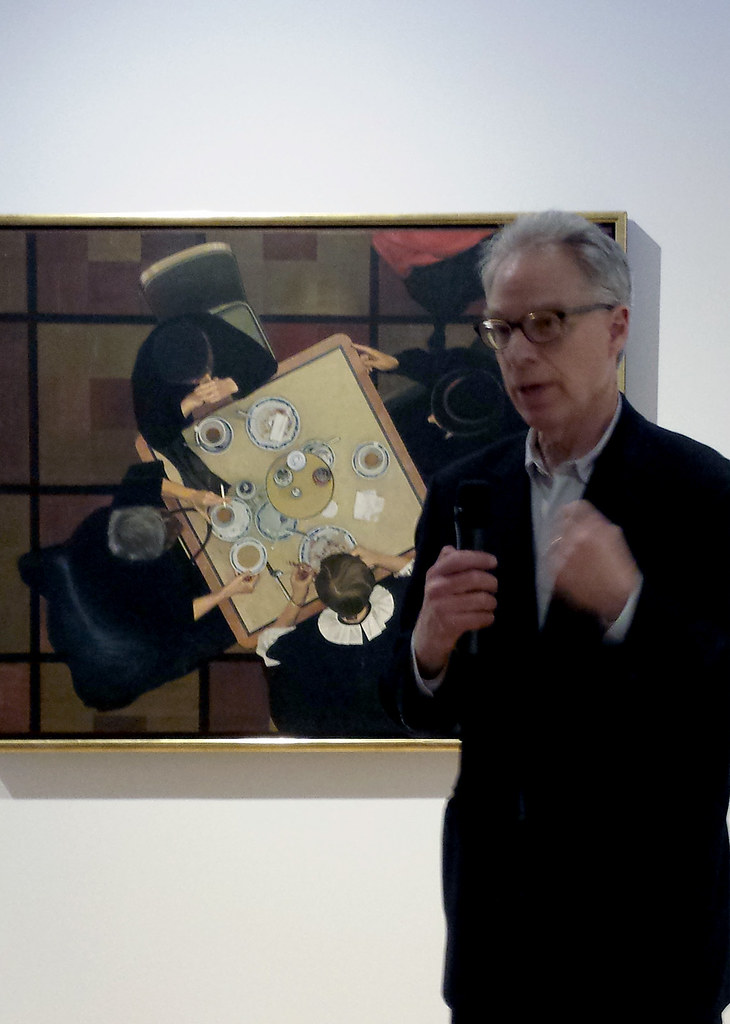Skyscrapers: A History of the World's Most Extraordinary Buildings by Judith Dupré
Black Do & Leventhal Publishers, 2013 (revised and updated)
Hardcover, 176 pages

Over at World-Architects I posted a roundup of 10 supertall towers either recently completed or under construction – most under construction and to be completed in the next few years. I used a few references when putting the piece together, mainly the architects' own web pages, The Skyscraper Center from CTBUH, and this book by Judith Dupré. I'll admit that the last, with its most recent update coming at the end of 2013, is already a little bit dated when it comes to the insatiable race to build taller, but it hits on the important notes regarding supertall and even megatall skyscrapers: China is building the tallest buildings at the fastest pace, AS+GG's kilometer-high Kingdom Tower will be the tallest skyscraper when it's done in 2018, and tall buildings are being designed with increasing sustainability, important considering that more and more towers are being built each year. Dupré's tall book (18" high by 9" wide) is a good historical and contemporary view of skyscrapers that celebrates this race to the top but also puts today's boom into context.
Two SOM towers grace the book's dustjacket: the Burj Khalifa is on the front, and their One World Trade Center is on the back. Respectively these are the tallest building in the world and one built atop the site of the worst terrorist attack on American soil, an attack that took down two skyscrapers. The front cover is obvious, but the back cover, which could just as easily been Kingdom Tower, the next record holder, is symbolic of overcoming fear, of denying the initial response to the attacks to not build tall. Yet although 1WTC is the tallest building in the Western Hemisphere, it is nowhere close to the height of the towers being erected in the Middle East and East Asia. What started as an American phenomenon – marked here by the first entry in the book, the 19th century Home Insurance Building by Daniel Burnham – that took place basically simultaneously in Chicago and New York, has become a global one, with different cities and countries vying for the tallest title.
In Dupré's book there is another important building: the Empire State Building. The roughly 75 buildings are presented chronologically, each with a two-page spread that includes a full-bleed photograph on the right accompanied by a diagram showing the tower relative to the Burj Khalifa and the Empire State Building. This makes sense, considering that the Burj Khalifa is so much taller than anything that came before it (twice as tall as the ESB), so we need another reference to really understand how other towers compare. Yet, it's not all about height, such that the relatively squat CCTV HQ by OMA is included (rightly so, given its daring cantilever and "hole"), and the author's discussions of each tower delve into other matters that are as, or more, important. The book is an obvious must-have for fans of tall buildings, but it is also a good one for people, like me, who don't consider building tall a goal in and of itself yet acknowledge the power and wonder that comes with reaching for the sky.
Black Do & Leventhal Publishers, 2013 (revised and updated)
Hardcover, 176 pages

Over at World-Architects I posted a roundup of 10 supertall towers either recently completed or under construction – most under construction and to be completed in the next few years. I used a few references when putting the piece together, mainly the architects' own web pages, The Skyscraper Center from CTBUH, and this book by Judith Dupré. I'll admit that the last, with its most recent update coming at the end of 2013, is already a little bit dated when it comes to the insatiable race to build taller, but it hits on the important notes regarding supertall and even megatall skyscrapers: China is building the tallest buildings at the fastest pace, AS+GG's kilometer-high Kingdom Tower will be the tallest skyscraper when it's done in 2018, and tall buildings are being designed with increasing sustainability, important considering that more and more towers are being built each year. Dupré's tall book (18" high by 9" wide) is a good historical and contemporary view of skyscrapers that celebrates this race to the top but also puts today's boom into context.
Two SOM towers grace the book's dustjacket: the Burj Khalifa is on the front, and their One World Trade Center is on the back. Respectively these are the tallest building in the world and one built atop the site of the worst terrorist attack on American soil, an attack that took down two skyscrapers. The front cover is obvious, but the back cover, which could just as easily been Kingdom Tower, the next record holder, is symbolic of overcoming fear, of denying the initial response to the attacks to not build tall. Yet although 1WTC is the tallest building in the Western Hemisphere, it is nowhere close to the height of the towers being erected in the Middle East and East Asia. What started as an American phenomenon – marked here by the first entry in the book, the 19th century Home Insurance Building by Daniel Burnham – that took place basically simultaneously in Chicago and New York, has become a global one, with different cities and countries vying for the tallest title.
In Dupré's book there is another important building: the Empire State Building. The roughly 75 buildings are presented chronologically, each with a two-page spread that includes a full-bleed photograph on the right accompanied by a diagram showing the tower relative to the Burj Khalifa and the Empire State Building. This makes sense, considering that the Burj Khalifa is so much taller than anything that came before it (twice as tall as the ESB), so we need another reference to really understand how other towers compare. Yet, it's not all about height, such that the relatively squat CCTV HQ by OMA is included (rightly so, given its daring cantilever and "hole"), and the author's discussions of each tower delve into other matters that are as, or more, important. The book is an obvious must-have for fans of tall buildings, but it is also a good one for people, like me, who don't consider building tall a goal in and of itself yet acknowledge the power and wonder that comes with reaching for the sky.
